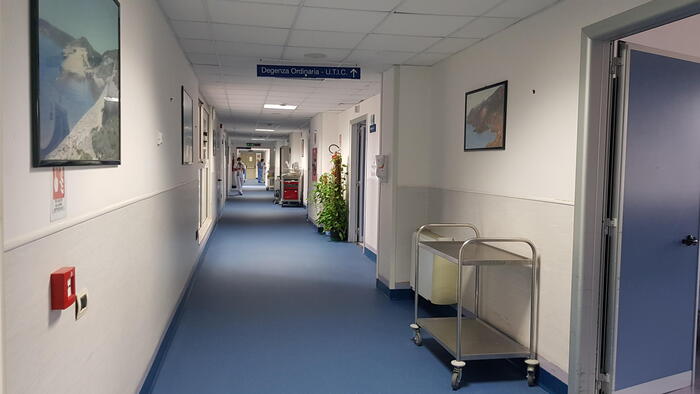It’s vacation time for doctors too, who in the hospitals of Sardinia roll up their sleeves in the summer so as not to leave patients without assistance, increasing the volume of work in almost half of the cases to make up for staff shortages which between June and September become unsustainable, given that about a third of them go on vacation. According to the report by the Federation of hospital internists (Fadoi), many work extra to cover night shifts and 21% skip weekly rest periods. Despite the commitment, however, outpatient activities decrease in 31.5% of cases and close completely in 5% of Sardinian hospitals, while overall the quality of health care, also required in the summer, is significantly compromised in 73% of cases.
A situation that mirrors what also happens in a large part of the departments of other medical specialties. Even if, as specified by the president of Fadoi, Francesco Dentali, “in internal medicines, the shortages of staff that are accentuated in the summer rest period make the picture more critical due to the fact that our departments are still erroneously classified as ‘low intensity of care’, which in no way reflects the complexity of the elderly and multi-morbid patients that we usually treat in our operating units, which alone absorb a fifth of all hospital admissions. And this anachronistic classification of internal medicines already implies a lower endowment of technologies, doctors and nurses per bed, which becomes explosive in the summer period, when our staff also enjoys a well-deserved rest”.
Which happens between June and September, according to the Fadoi survey, for all Sardinian doctors who take advantage of the 15 days of vacation in the summer period, as guaranteed by the national employment contract. This leads to a reduction in staff in the department which varies between 21 and 30% in 63% of cases, between 30 and 50% in 15% of departments, while the shortage is between 11 and 20% in 20% of cases. For those who stay, the volume of work increases in 58% of cases and this affects “enough” the assistance offered to citizens in 52% of hospitals, “a lot” in another 21%, “little” in 10% of wards and “not at all” in 15%. Outpatient activities are specifically affected, which decrease their activities in 31.5% of cases and close completely in another 5% of hospitals. Another 36% instead guarantees the invariance in the number and timing of the activities in the outpatient clinics, which are remodulated in the timing but unchanged in the number of services again in 26% of cases.
breaking latest news © Copyright ANSA
